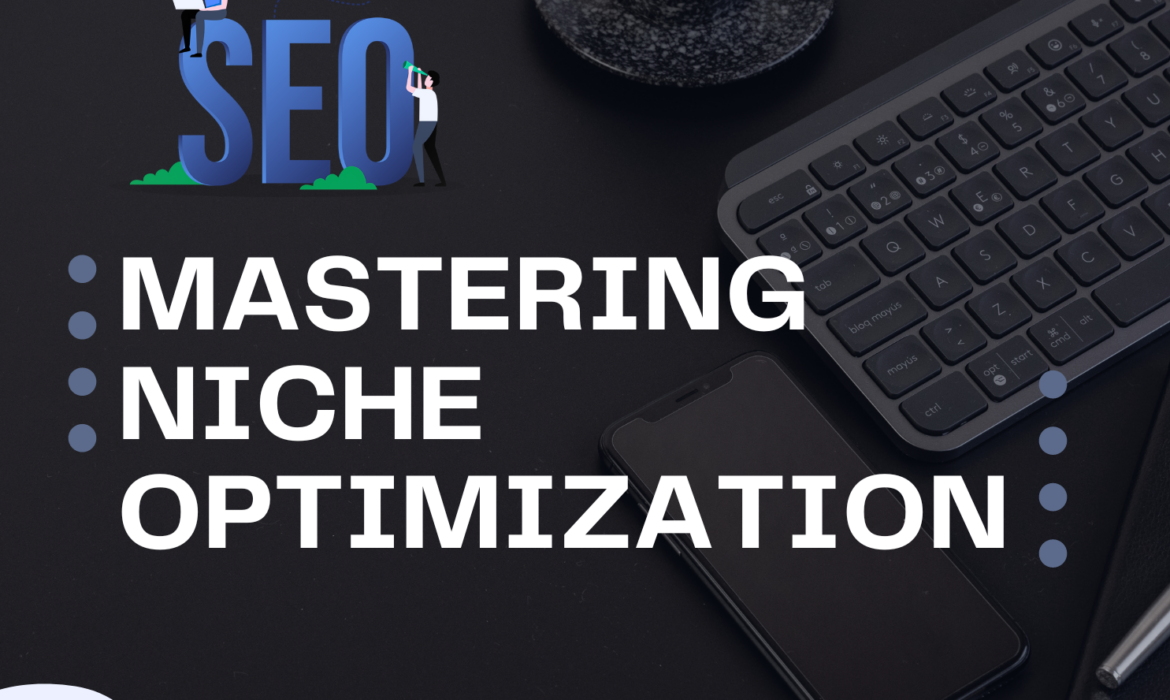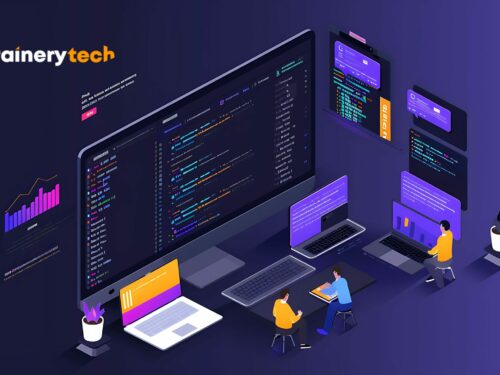In the ever-changing digital landscape, Search Engine Optimization (SEO) remains a cornerstone of a thriving online presence. Yet, with search engines like Google constantly evolving their algorithms, sticking to traditional SEO methods is no longer enough. To truly boost your website’s visibility and drive organic traffic, mastering advanced SEO strategies has become essential.
The essence of this article is clear and impactful: SEO is not a one-time effort but an ongoing strategic endeavor. By adopting advanced techniques and best practices, professionals across various fields can fully unleash their online content’s potential, ensuring it effectively reaches their target audience.
Update with SEO Algorithms
To stay relevant, you need to align your website content with google seo algorithms. some recent updates are like-
- BERT Update (2019): Enhances understanding of search query context and intent.
- Core Web Vitals: Focus on page speed, interactivity, and visual stability.
- Mobile-Friendliness and HTTPS: Increased importance for rankings.
- Optimize User Experience: mobile-friendliness and security.
- Create High-Quality Content: Align with user intent and engagement.
- Adapt to New Trends: Optimize for voice search and featured snippets
Mastering SEO niche optimization means refining your approach to excel within a specific market segment. This involves targeting long-tail keywords, optimizing for local searches, and utilizing industry-specific platforms. Prioritize creating high-quality, targeted content that resonates with your audience’s needs and intentions.
Improve user experience with mobile-friendly designs and fast-loading pages. Stay flexible by keeping up with the latest trends and algorithm changes. By focusing on these niche strategies, you can enhance your website’s visibility and gain a competitive advantage in your specialized area.


Advanced SEO Techniques
- Content Clusters: Create interlinked content around central topics to boost authority and structure.
- Semantic Search: Use related terms and LSI keywords to align with user intent.
- Voice Search: Optimize for natural language and question-based queries.
- Technical Audits: Regularly check for crawl errors, broken links, and speed issues.
- Schema Markup: Implement structured data for rich snippets and better visibility.
- Link Building: Acquire high-quality backlinks through digital PR and influencer outreach.
- Local SEO: Enhance with local schema, consistent citations, and community engagement.
- Mobile-First Indexing: Ensure mobile optimization with responsive design and fast loading.
- Conversion Optimization: Improve landing pages and calls to action based on user behavior.
- Competitor Analysis: Monitor competitors’ strategies for insights and opportunities.

Conclusions
SEO is a continuous process that requires regular monitoring, data analysis, and adjustments to stay competitive. Stay updated on emerging trends and technologies to keep ahead of the curve.
Prioritize creating high-quality, relevant content that addresses user needs and intent. Ensure a positive user experience by optimizing for mobile responsiveness and fast loading times. Adapt your content for voice search using natural language and long-tail keywords. Establish industry authority by demonstrating expertise and building trust with your audience. For businesses with physical locations, optimize for local SEO to enhance local search visibility.
By evolving your SEO strategies and staying proactive, you’ll be well-positioned for long-term success in the dynamic digital landscape.






